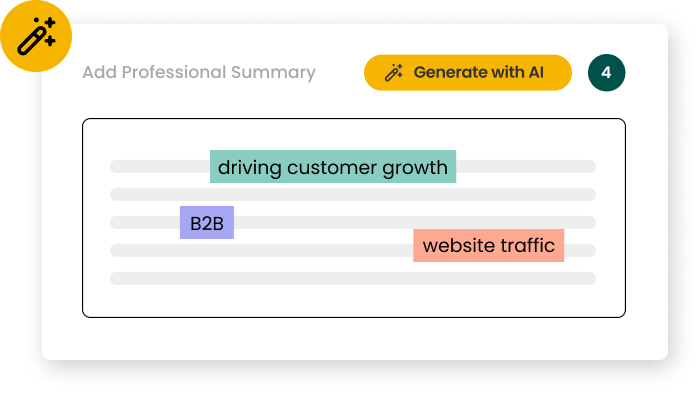How long should I make my RF Design Engineer resume?
For RF Design Engineers, a two-page resume is ideal in 2025. This length allows you to showcase your technical expertise, project experience, and relevant skills without overwhelming recruiters. Focus on recent, impactful projects and quantifiable achievements. Use concise bullet points to highlight your proficiency in RF design tools, frequency bands, and wireless technologies. Remember to tailor your resume to each job application, emphasizing the most relevant experiences for the specific role.
A hybrid format works best for RF Design Engineers, combining chronological work history with a skills-based approach. This format allows you to showcase your technical expertise alongside your career progression. Key sections should include a professional summary, technical skills, work experience, education, and certifications. Use a clean, professional layout with consistent formatting. Incorporate industry-specific keywords throughout your resume to optimize for Applicant Tracking Systems (ATS) commonly used in the tech industry.
What certifications should I include on my RF Design Engineer resume?
Key certifications for RF Design Engineers in 2025 include IEEE Wireless Communication Engineering Technologies (WCET) certification and Certified Wireless Network Professional (CWNP). These certifications demonstrate your expertise in wireless technologies and network design, which are crucial in the evolving RF landscape. Additionally, consider vendor-specific certifications from companies like Cisco or Huawei. List certifications in a dedicated section, including the certification name, issuing organization, and date of acquisition or expiration if applicable.
What are the most common mistakes to avoid on a RF Design Engineer resume?
Common mistakes on RF Design Engineer resumes include overemphasis on outdated technologies, lack of quantifiable achievements, and insufficient detail on specific RF design projects. To avoid these, focus on cutting-edge RF technologies and standards, quantify your contributions to projects (e.g., improved signal strength by 30%), and provide concise details on your role in complex RF designs. Additionally, ensure your resume is free of technical jargon that non-specialists might not understand, as it may pass through HR before reaching the engineering team.
